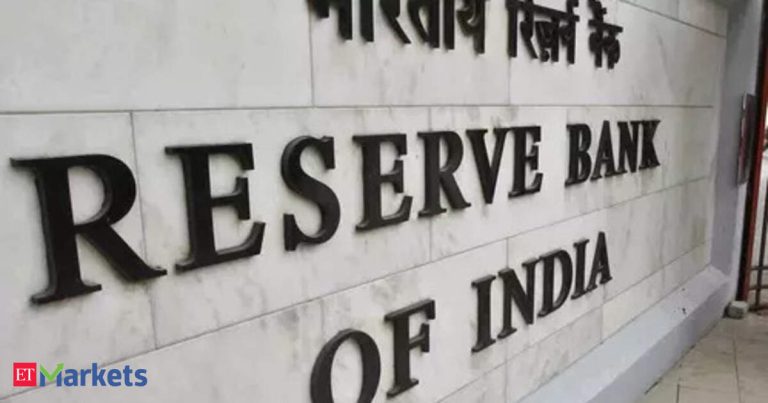Trump administration policies are reshaping ETF investor strategies as trade uncertainty and fiscal spending drive record market dispersion while pushing flows toward a historic $1.2 trillion pace, according to the CFRA Research webinar, Trump 2.0: How the Policy Agenda is Impacting ETF Investors.
The policy agenda under Trump 2.0 has created distinct market phases since November’s election, with ETF performance swinging dramatically around key policy announcements, particularly tariff decisions, said Aniket Ullal, head of ETF research at CFRA Research.
Trump’s “One Big Beautiful Bill” and evolving trade policy are fundamentally altering how ETF investors approach sector allocation, with defense spending increases and European market dynamics creating new opportunities while tariff uncertainty drives the highest stock dispersion since Covid-19, according to the webinar analysis.
Defense ETFs have emerged as clear beneficiaries of increased Pentagon spending, according to research presented during the webinar. The iShares U.S. Aerospace & Defense ETF (ITA) gained 27% year to date, while European defense exposure through the Select STOXX Europe Aerospace & Defense ETF (EUAD) surged 72%, driven by NATO pressure on member countries to boost defense budgets.
“Defense and aerospace ETFs have been amongst the best-performing sectors in 2025,” Ullal said during the July 9 webinar, noting there are 18 ETFs in the U.S. with varied geographic and sector exposure to the defense theme.
The policy changes have made holdings analysis critical, as some defense ETFs include technology exposure to companies like Palantir Technologies Inc. (PLTR), which became the S&P 500’s best performer this year, he added.
Trade policy uncertainty has driven stock dispersion to levels not seen since the pandemic, according to the webinar. Within retail sectors, return differentials between companies like Dollar General Corp. (DG) and Dollar Tree Inc. (DLTR) expanded from 6% in 2024 to 20% this year due to varying China exposure levels.
“When you have higher stock dispersion, the outcome for active managers tends to be very different,” Ullal said, noting increased interest in active ETF strategies.
The dollar weakened 7% against trade-weighted currencies, benefiting exporters and international ETF performance, according to John Sonsalla, head of policy and legal research at Washington Analysis, a CFRA business. Both developed and emerging markets outperformed U.S. markets despite limited ETF flows into international strategies.






